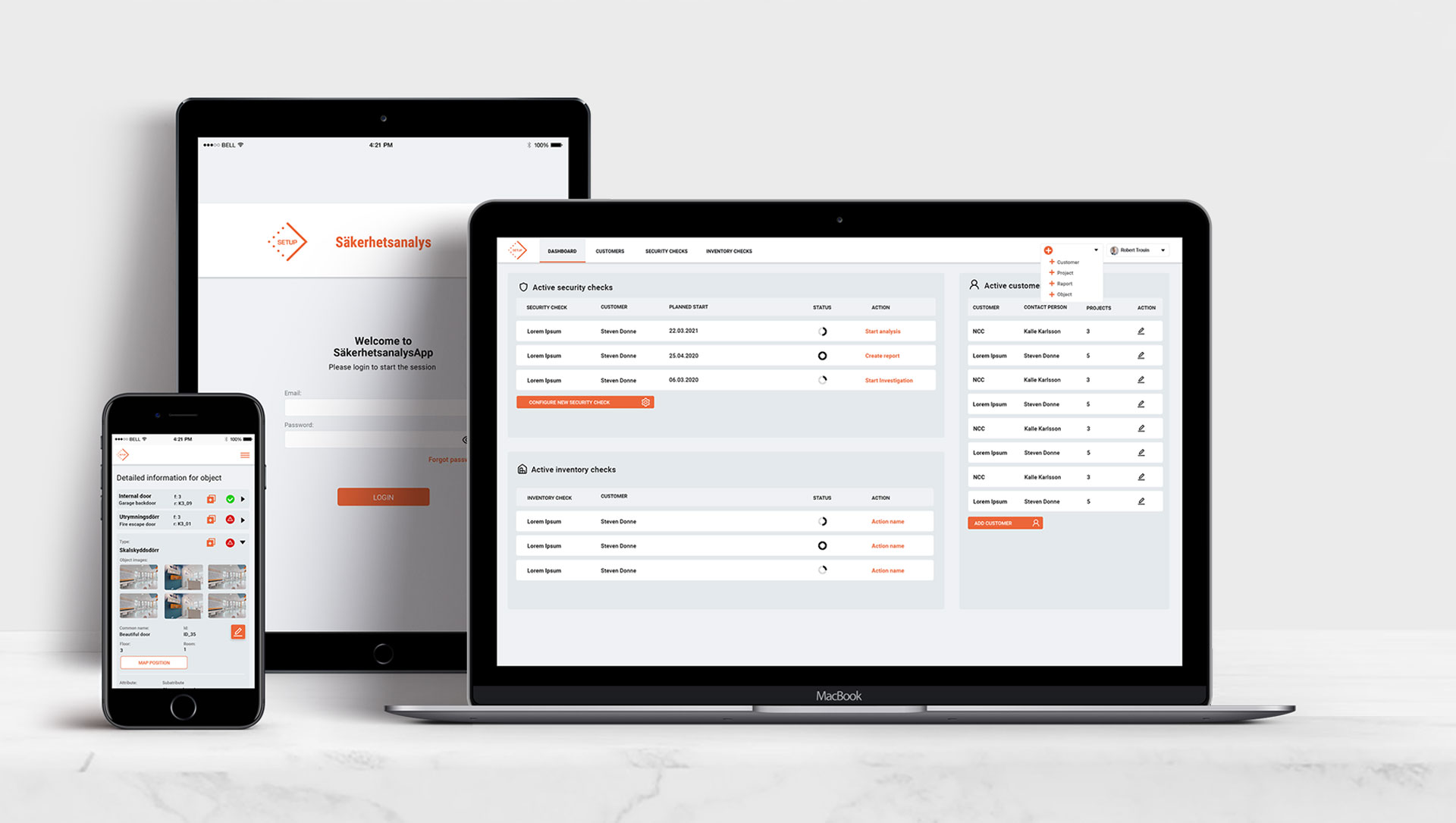How to Boost Operational Efficiency with Cloud and Automation
Overview
Ranked among the top 3 globally in the wine and spirits industry, this leader halved error resolution time by implementing an innovated integration platform using cloud technology and automation. This not only sped up troubleshooting but also enhanced operational insights, setting a new industry standard.





As the client’s global operations expanded, their reliance on their essential integration platform became increasingly critical. However, inherent challenges within this system began to surface, hindering business agility and growth.
- Error Management Issues
The current system, relying on Microsoft InfoPath and emails, was inadequate for accurate and timely error resolution, slowing down decision-making. - Limited Operational Insight
The system lacked a comprehensive view of error data and data flows, making proactive issue resolution difficult and increasing operational risks. - Proactive Error Prevention
Without a complete overview of data flows, the system was vulnerable to operational risks and inefficiencies in resource allocation. - Scalability Constraints
The architecture didn’t support cloud integrations or on-premise APIs, limiting scalability and hindering the adoption of modern technologies. - Slow Integration
Long lead times for new integrations affected the client’s market responsiveness. - Increased Integration Demands
A surge in partner requests for API integrations strained the system. Self-service portals, aimed at improving response times, were not fully effective due to existing system limitations.
In light of these challenges, the underlying need was evident: the client required a refined, modernized, and efficient system that could not only resolve these issues but also pave the way for future advancements.



Recognizing the vital role of the integration platform in the client’s operations, the move to integrate it with Azure was made to enhance system capabilities.
This implementation aimed to address the operational challenges while positioning the client for scalable growth:
- Dynamic Error Reporting
Enabled the addition of new errors via a Web service or API. - Advanced Analytics
Integrated reporting based on advanced analytics tools. - User Role Flexibility
Implemented a versatile user role management system, allowing business users to manage partner access without IT involvement. - Custom Notifications
Launched a configurable notification system for targeted communication. - Operational Visibility
Achieved full traceability over running data flows. - Modern Integration
Utilized Azure services for new integrations and included API Management for a comprehensive approach. - Self-Service Identity Portal
Facilitated self-managed API access for business partners, speeding up the integration process through automation. - Self-Service Capability Portal
Enabled quick environment setup for Azure services, further accelerating deployment and reducing admin involvement.
- Enhanced Business Intelligence
The updated solution provided the client with actionable insights, significantly influencing decision-making. - Expedited Error Resolution by 50%
The revamped error management process cut error resolution time in half, reducing disruptions and enabling quicker, more effective responses. - Optimized Platform Performance
Thanks to cloud migration and improved error handling, the platform’s performance was significantly boosted to meet the client’s evolving needs. - Scalable API Management
Introduced a scalable platform for API security and publishing, enhancing the client’s integration capabilities. - Advanced Cloud Features
The Azure-enabled solution fast-tracked cloud integrations, creating new opportunities for operational excellence. - Streamlined Integration
The Azure-enabled low-code environment streamlined operations, optimizing resource use and boosting efficiency. - Diverse Integration Scope
Thanks to Azure’s comprehensive API Management, the client could integrate both cloud and on-premise systems seamlessly. - Automated Workflow
Automated workflows via Azure DevOps ensured consistent, quality-assured, and expedited deployment processes.
The implementation of the Azure-integrated platform has had transformative effects for the client.
From cutting error resolution times in half to enabling scalable API management, the system overhaul addresses pressing operational challenges while setting the groundwork for future innovation and growth.


.webp)




















































